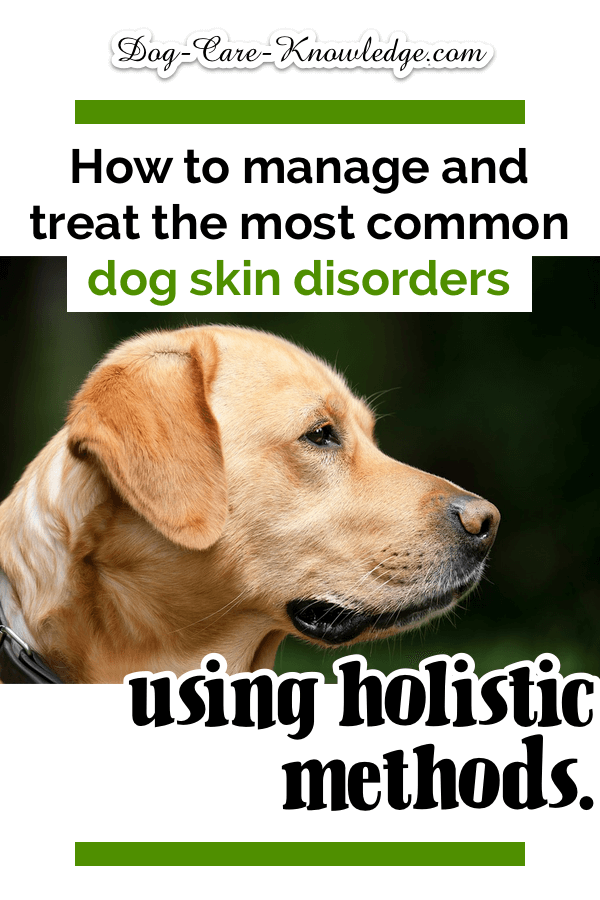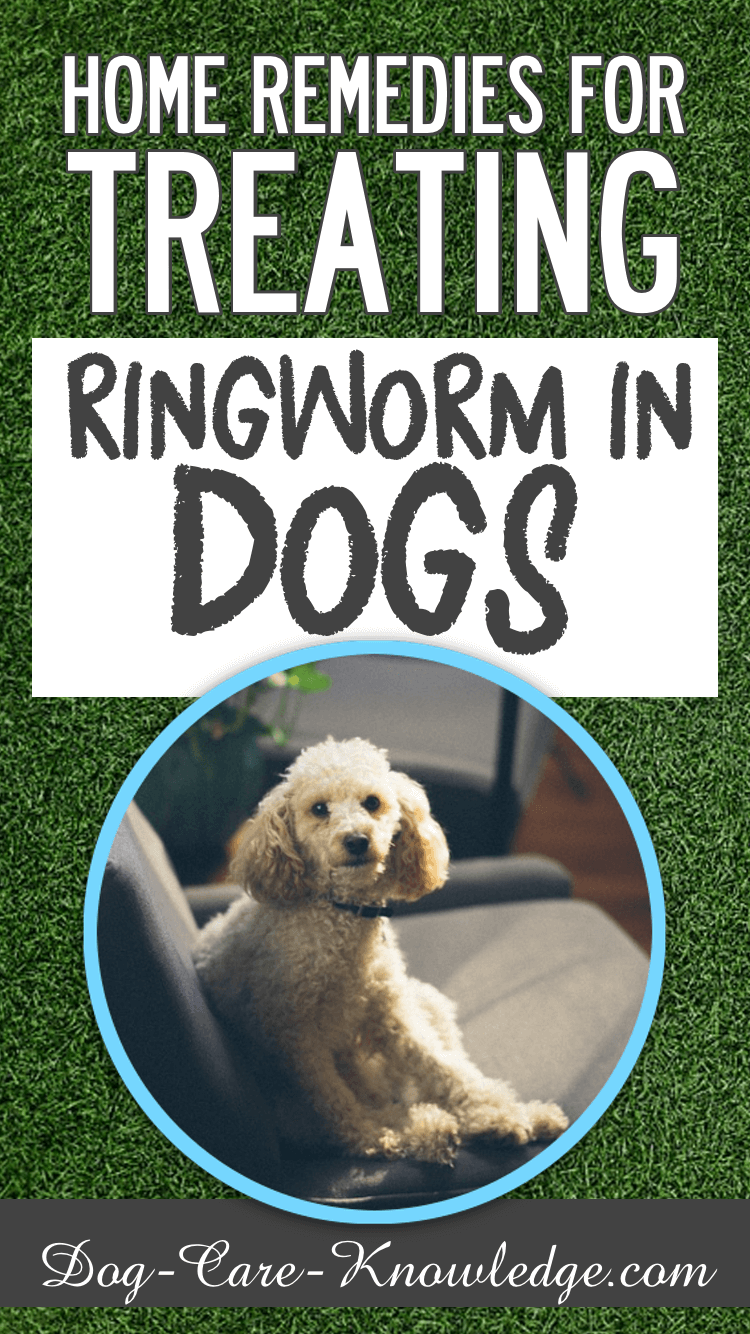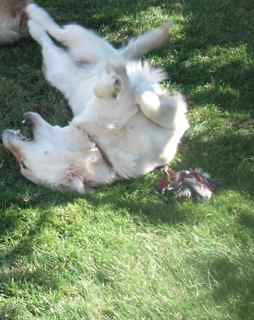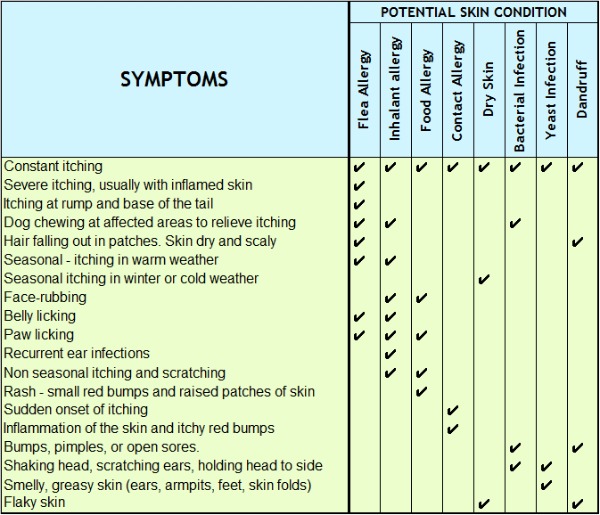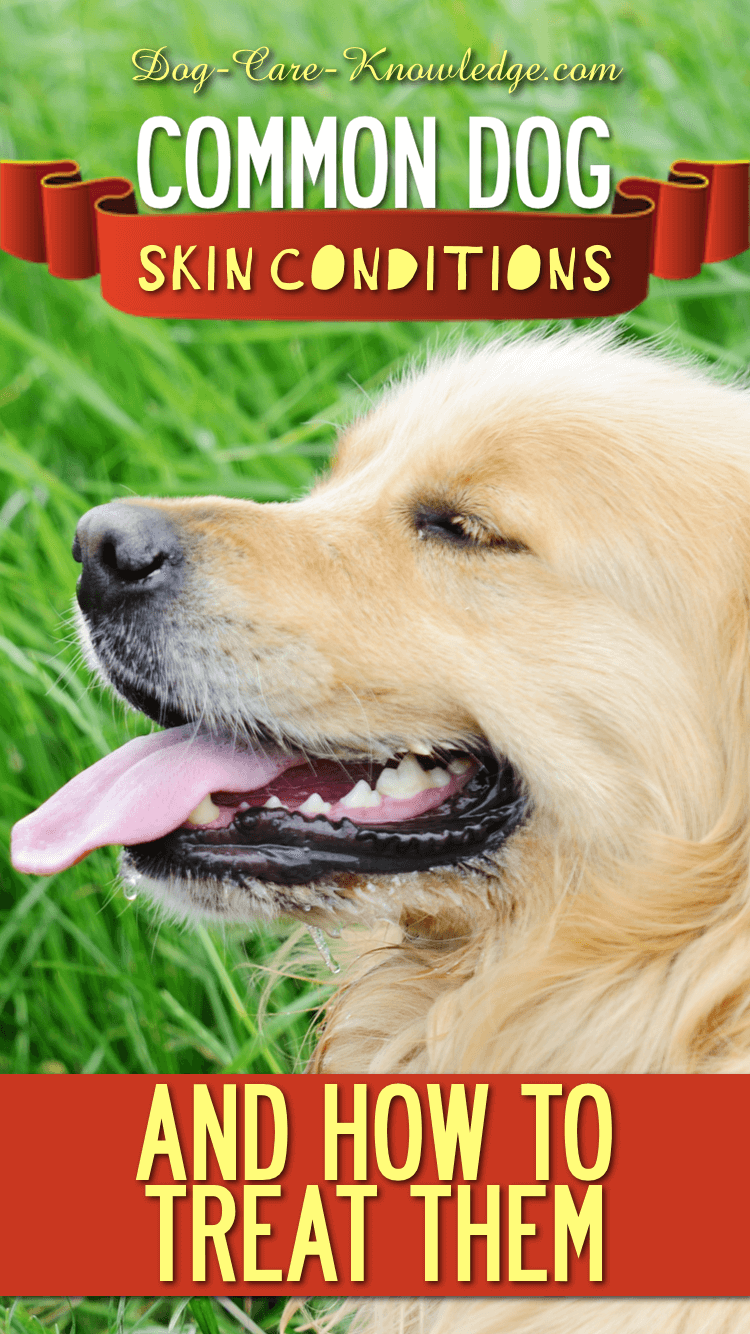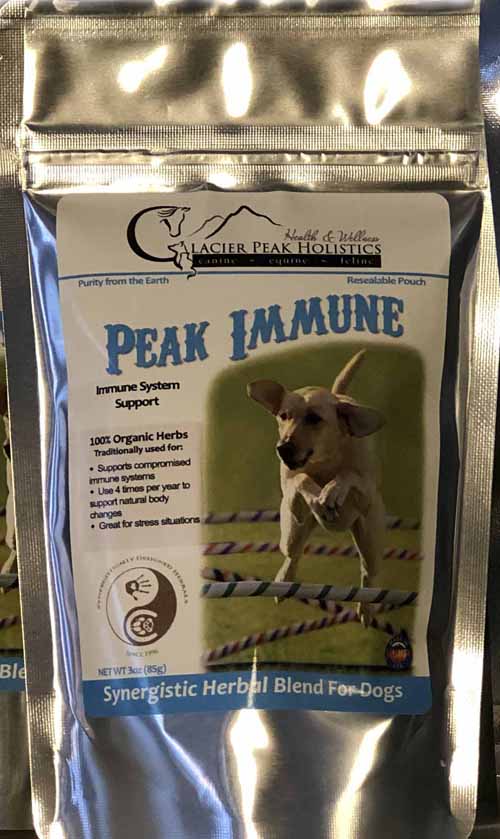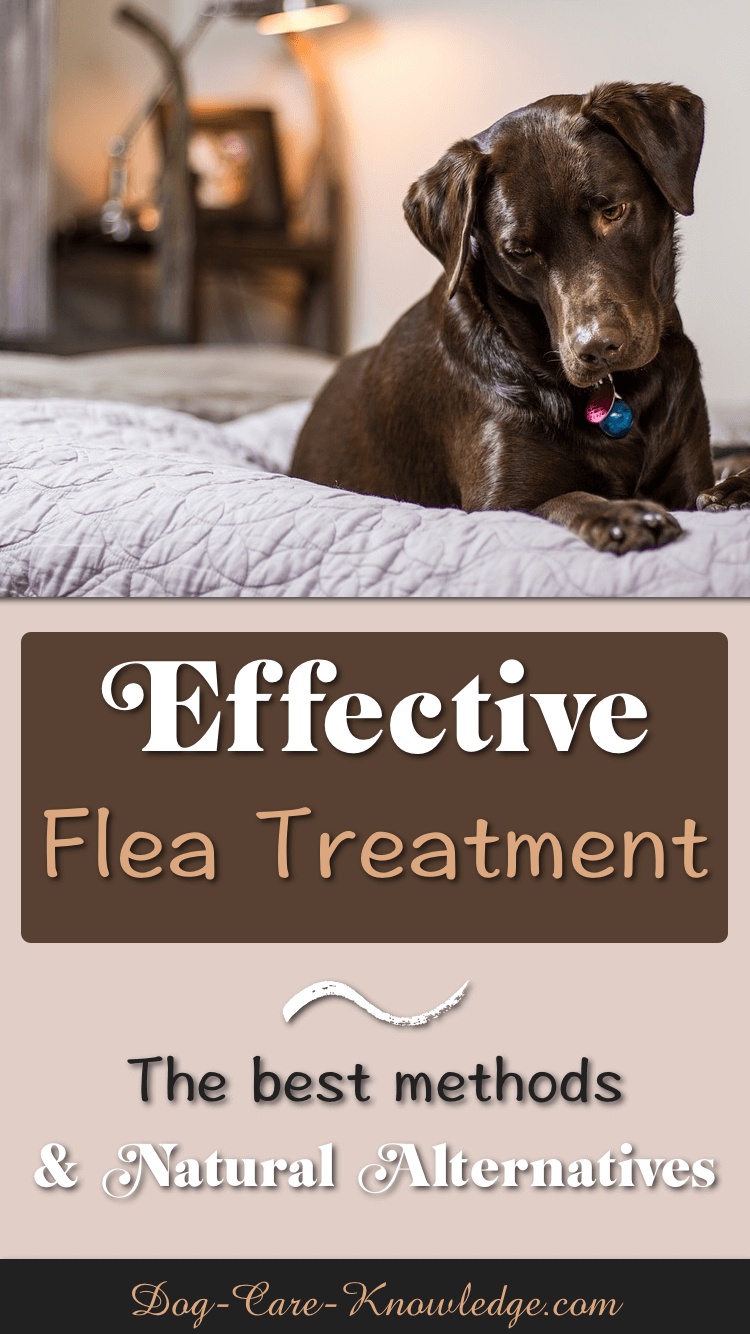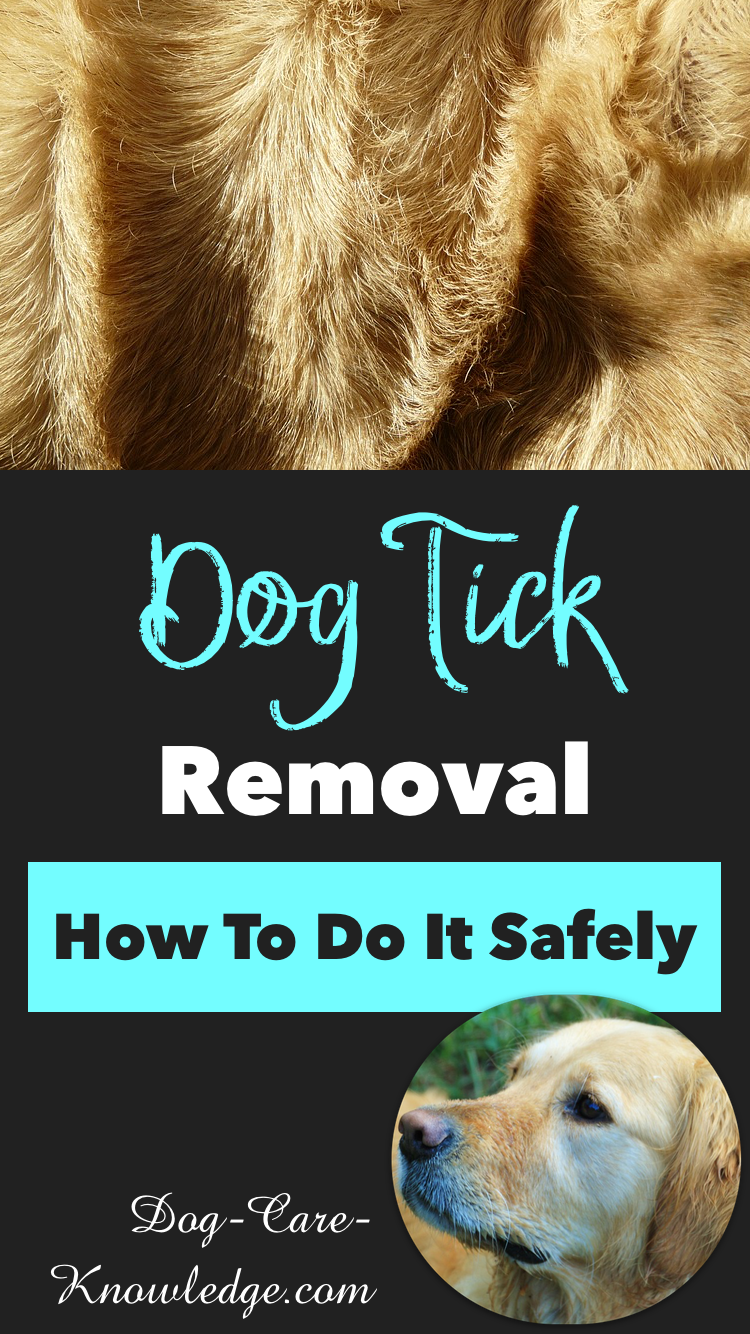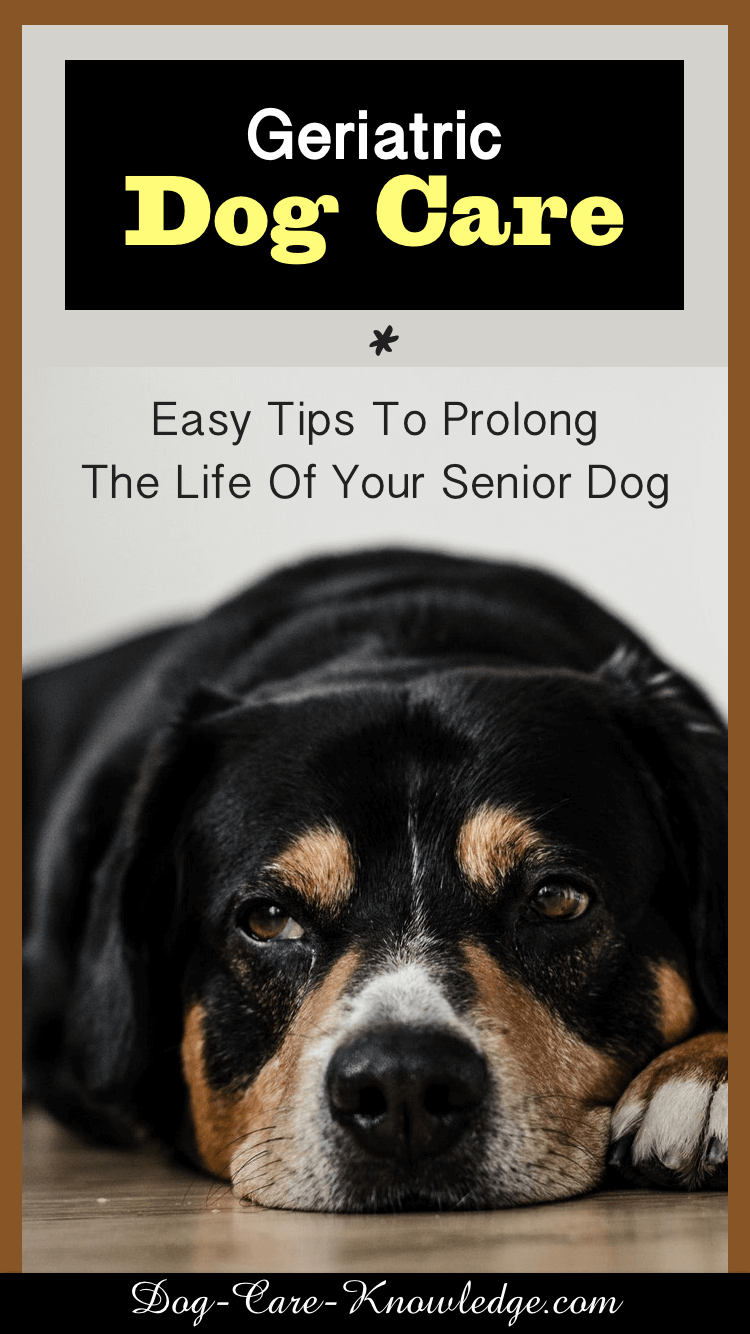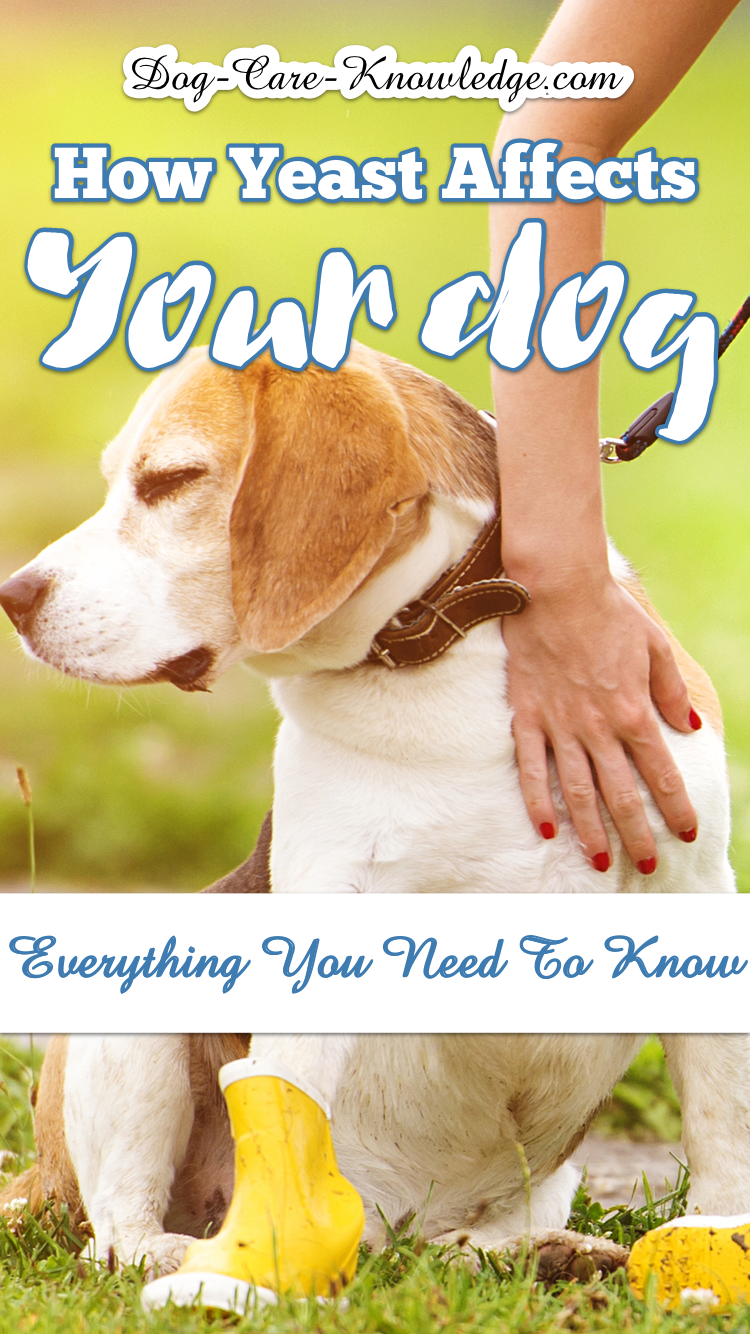- Home
- Dog Care Tips
- Dog Skin Disorders
Dog Skin Disorders
Did you know that there are over 160 dog skin disorders? I didn't. That is until I completed a course on dog grooming. Groomers need to be aware of all potential skin disorders that affect dogs to restore a dog's coat to peak condition. It's almost impossible to get the coat looking great if the skin is in poor health
Granted, that's a lot of skin disorders in total. However, the most common conditions are responsible for most discomfort in dogs. Some can be managed easily and even cured, others require more effort to get under control, and others are incurable but manageable.
On this page, I'll identify the incurable ones from the incurable as well as those where holistic treatments work well.
This is a long article covering a lot of skin issues. To make things easier, you can use the below links to jump to a specific section.
Curable Skin Disorders
Let's start with skin disorders that can be easily treated. Most of these are caused by something in the environment whether it's a low-quality diet, the weather, forced air heating, or a contagious condition such as mange or ringworm.
Bacterial Skin Infection (Pyoderma)
Most skin infections that are caused by bacteria are secondary to other skin conditions such as allergies. Any time a dog's skin is broken, bacteria can enter the wound causing an infection. Dogs with allergies will create sores by scratching that then get infected.
Bacterial infections are easily treated with holistic remedies. I created a whole page on managing skin infections here. You'll also find out how to heal your dog naturally from renowned writer Sara Rooney BHSc, ND, DASc, GDSc (Hons) Zoology, MATMS, MHATO. Sara is a canine naturopath, naturopathic physician, research scientist and zoologist.
Conventional treatment also works well with antibiotics, antibiotic cream, and medicated shampoo.
Dog Dry Skin
Dry skin in dogs is relatively easy to treat at home using colloidal oatmeal shampoo, a moisturizing rinse, and adding supplements to the diet. Dry skin is usually seen more in the wintertime as the forced air heating dries out a dog's coat.
Dry skin is probably one of the easiest conditions in dogs to treat and works particularly well with holistic methods.
Here's how to recognize, treat, and prevent dry skin in dogs.
Dandruff (Seborrhea)
Dandruff is a common skin condition in dogs. If your dog has dandruff, you'll see the telltale white flakes, but there are also other symptoms too. Dry, flaky, itchy skin are hallmarks of dandruff, but the not-so-common symptoms are thinning hair, scabs, bumps or pimples. Dandruff in dogs can be either dry or oily, and certain breeds are prone to each one.
Anti-dandruff shampoo is the best treatment. However, ensure you get one that's formulated for canines. Don't be tempted to use a human anti-dandruff shampoo on a dog as it has a different pH balance. A dog's pH is different to that of a human's pH.
Here's how to find the best one for your dog's type of dandruff.
Hot Spots or Sores
Hot spots are nasty looking sores that dogs make worse by continually licking and chewing. They are extremely itchy and can spread quickly. A hot spot is almost always caused by some other skin issue, such as allergies, bacterial infection, bug bites, matted fur or any of the dog skin disorders listed on this page.
Hot spots respond well to herbal remedies using black or green tea, Epsom salts, and Colloidal Silver. See here for instructions on how to use these methods.
Hot spots tend to recur so prevention is key. Try bathing your dog regularly in a medicated shampoo that contains an antibacterial and antifungal agent. A good one to try is Derma-Treat.
Mites
There are four types of mites that affect dogs:
- Otodectic (ear mites)
- Cheyletiella (walking dandruff)
- Demodectic mange
- Sarcoptic mange
Otodectic (Ear Mites) - Ear mites are tiny mites that are incredibly itchy and live inside your dog's ear canal. Fortunately, these are easy to detect and treat yourself - see here for complete instructions including a home test and remedy.
Symptoms of ear mites are lots of itching and scratching, head shaking, red, inflamed ears and dark granular debris like coffee grounds.
Ear mites affect cats much more than dogs, but if a dog lives with a cat or comes into proximity, they can catch the mites. Puppies are more susceptible to mites too. The best home remedy treatment for ear mites is using mineral oil which will smother and starve the mites. You can find out exactly how to do this here.
Cheyletiella (walking dandruff) Cheyletiella is a parasitic mite that can live on your dog's skin. They are white, so look like a case of bad dandruff at first glance. If you see white flakes on your dog's coat, look closely to see if they are moving - hence the name - walking dandruff.
Cheyletiella is easy to treat - see here for more information.
Dog Mange
There are two types of mange that affect dogs; demodectic and sarcoptic.
Sarcoptic mange is caused by the mite, Sarcoptes scabiei, otherwise known as scabies. Scabies is highly contagious and can be spread from dog-to-dog or dog-to-human. Symptoms will start to develop between 10 days and up to 8 weeks after coming into contact with a dog with mange or being groomed with contaminated tools. Symptoms include severe itching, rashes, hair loss, and yellowing crusts.
Demodectic mange is a tiny mite that usually resides in the digestive tract of healthy dogs. If a dog's immune system isn't working correctly or is compromised in some way, the mites can migrate to the skin and hair follicles causing problems. Puppies can suffer from mild cases of mange which usually corrects itself once a puppy's immune system is fully developed.
Symptoms of demodectic mange include hairless patches on the face, hair loss, itching, and thickening of the skin.
A healthy adult dog with a fully functioning immune system won't suffer from demodectic mange. Therefore the best treatment (and prevention) is to keep your dog's immune system healthy. Diet, supplements, and herbs are an excellent way of doing this.
Feeding your dog raw or home cooked diet is the best option. If not, ensure you add supplements containing fatty acids such as omega-3 and omega-6j. Also consider adding Chinese herbs such as echinacea and astragalus. Peak Immune is an excellent supplement to use which is a blend of 100% organic herbs proven to boost the immune system including echinacea and astragalus.
Dog Skin Disorders That Are Harder to Treat
Some skin conditions are technically curable but, in reality, are much harder to do so. They're not as difficult as the totally incurable types (below) but often require a lot more work to eradicate. The success of treatment usually depends on trying different options until you find the one that works.
Yeast Infections
Yeast infections are typically more resistant to treatment than bacterial infections. Malassezia is a yeast that is usually found on a dog's skin. Fungus doesn't cause problems for most dogs, but yeast problems plague some. Although there is plenty of controversy as to why, the consensus is that yeast takes advantage of a compromised immune system, poor diet, or an allergy to the yeast itself. In most cases of Malassezia pachydermatisis or yeast infection, means that the yeast has grown out of control.
Yeast likes a moist environment so dogs with a yeast problem will be itchier on their paws, ears, groin area, armpits, jowls, and any skin folds. Yeast was one of the most significant issues we studied on the natural health care for pets program as it is resistant to many conventional methods. Don't get me wrong; it's relatively tricky for holistic veterinarians to treat too. However, I want you to know that you have many more options available. There is an abundance of natural antifungal herbs and remedies you can try that have positive results. I have compiled an exhaustive list here.
Ringworm
Ringworm is not a worm but is a fungal infection primarily affecting cats. It spreads in concentric circles, is highly contagious, and can be transmitted to dogs and humans alike.
Just like mites, ringworm affects animals that have a lowered immune system or a stressed and unhealthy host. Ringworm responds well to natural treatments.
Try adding several drops of tea tree oil to a gentle dog shampoo and bathe your dog. Ensure you leave the shampoo on for at least 10 minutes before rinsing thoroughly.
As a final rinse, add 1/2 cup of 15% tea tree oil solution and 20 drops of grapefruit seed extract to 1 cup of water. Apply to the entire coat except for eyes and massage into the skin. You can also brew a potent concoction of goldenseal tea or plantain tea and apply several times a day until the infection disappears.
Incurable Dog Skin Disorders
Unfortunately, there are a few skin disorders in dogs that are incurable.
The most common being allergies but others are autoimmune disorders such as pemphigus, hypothyroidism, cushings disease, and any type of hereditary disorder of the skin.
Although not curable these types of skin conditions require lifelong management to keep symptoms at a minimum.
A professional diagnosis by a veterinarian is required to ensure the right treatment plan is followed.
Allergies
Unfortunately one of the most common skin disorders in dogs is allergies. Although allergies are incurable, they are manageable, and natural solutions work well. My dog, Ava, suffers from allergies, so I spend a substantial amount of my time studying and learning how to treat her allergies naturally. For this reason, I have created a section on my website for canine allergies and how to manage them naturally. Here you'll find a compilation of my research and tips on what I found works best.
Autoimmune Disorders
Pemphigus is the general term for autoimmune disorders in dogs that affect the skin. Typical symptoms are scaly, crusty skin, ulcers, redness and itching. Footpads may have overgrowths and cracking, and gums and lips may be affected. Most common areas affected are the head, ears, and footpads.
Pemphigus is an incurable condition whereby the immune system works in overdrive and starts attacking itself. However, with proper veterinarian care, remission is possible. If you suspect your dog has an autoimmune disorder affecting the skin, speak to your veterinarian or find a holistic veterinarian.
How To Recognize Skin Disorders
In 3 Simple Steps
- Examine your dog carefully to determine the specific symptoms, other than just itching and scratching. Here's how.
- Review symptoms chart to match your dog's symptoms. Here's how.
- Review all potential dog skin conditions that have a checkmark against those symptoms to see which one best matches your dog's symptoms. Here's how.
Step 1
Examining Your Dog's Skin
First, we need to get past all that fur and take a look at the skin. Use your hand to part your dog's hair and look closely at the skin. Do you see any signs of sores, redness, dandruff, parasites, rashes, lumps, bumps or bald spots? If so, make a note of any findings.
Next, you will need to make a note of the following:
- When did the itching begin? Age? Time of year?
- Does it occur all the time or just seasonally? If so, which season?
- Is it linked to a particular environment or event? (i.e., indoors/outdoors only, every time you vacuum, spray air-fresheners, etc.).
- Have you tried any treatments so far and if so, were they responsive? i.e., medicated shampoos, solutions from a pet store, medication from your vet, etc.
- How bad is it? Mildly irritating or is it driving your dog nuts?
Remember you were taking notes of all this! You'll need this information in step 2 to help get to the cause of your dog's itching.
Also, if you do make an appointment with your vet, answers to these questions help your vet give you a speedy and accurate diagnosis. That way an effective treatment plan can be started early, eliminating the need for multiple vet visits.
WARNING - if your dog's face is puffy or swollen, SEEK IMMEDIATE VET CARE NOW. This is a symptom of a potentially life-threatening allergic reaction.
If it is out of regular veterinary hours then call an emergency veterinary clinic. Don't wait until your vet is open to address this serious issue.
All other skin issues are not as urgent but do require attention to get relief for your dog.
Symptoms of Dog Skin Disorders
Nearly all skin issues in dogs start with an itch. When your dog is trying to scratch that itch, he may scratch his ears, face, or body with his rear legs. He may also rub his face on the floor (or you) or use his front paws to rub his face.

Scratching isn't the only way he will try to relieve that itch. He may also continually lick at his tummy, paws or genitals.
If your dog is excessively licking, this could lead to hair loss in those areas, and persistent licking of the belly may cause patchy dark pigments on the skin.
Light colored dogs that lick paws obsessively may turn the fur on their paws a rust color caused by their saliva. This change in color is a critical indicator that there is a skin condition.
Unfortunately, many dog skin disorders cause our dogs distress. Luckily there are many home remedies you can try when you determine the actual cause of the irritation to your dog's skin.
Step 2
Potential Dog Skin Disorders
Now you have a good idea of your dog's symptoms in step 1, take a look at the below chart and see which symptoms best match your dog's symptoms.
This should help you understand which possible skin condition your dog may have based on which symptoms have a check-mark for that condition.
Some less common symptoms of skin conditions are as follows:
|
Symptoms
|
Potential Condition
|
|
Pus-filled blisters (abdomen & groin) on puppy
|
Puppy Impetigo
|
|
Purplish red spots and blackheads on puppy's face
|
Puppy Acne
|
|
Extremely itchy. Dogs scratching skin until its raw
|
Sarcoptic Mange
|
Mild thinning of fur (mainly the face) & mild itchiness
|
Demodectic Mange
|
Step 3
Review Dog Skin Disorders
Finally, click on the below links for each disorder.
Here you'll find details of each skin condition dogs suffer from most, together with home remedies and treatment plans.
In the meantime, here are some options that improve the condition of a dog's skin and coat, regardless of the cause.
Treating Dog Skin Disorders
Nearly all dog skin problems have the symptom of itching so treating that symptom alone usually results in multiple vet visits. Many dogs that suffer from skin disorders actually have an immune system that is not functioning correctly or is otherwise compromised.
Supplements for Skin Health
Did you know that just by adding omega-3 supplements to your dog's food, you can improve the condition of your dog's skin and coat? Regardless of the cause!
Merely adding fish oil, like salmon, will provide an abundant supply of omega oils to your dog's diet which will help to restore the skin and improve the immune system.
A good source of omega 3 is wild Alaskan salmon oil which can help with nearly all skin-related disorders. It boosts your dog's immune system and, in time, can help your dog to heal its own skin-related condition from within. You can find out why and how here.
Strengthen Immune System
If you want to really give the immune system a kick-start, you can try Peak Immune. Peak Immune is a natural herbal remedy that has been formulated from 100% organic herbs to provide optimal performance to a dog's immune system.
Medicated Shampoo
Even if you don't know why your dog is itching, many conditions can be prevented or managed by using a good quality dog shampoo regularly. Keeping the skin clear of irritants will go a long way to controlling the amount itching and scratching your dog experiences.
For example, colloidal oatmeal works well for dry skin, neem oil is excellent for treating yeast and a combination of tar and sulfur combats dandruff.
See here to find out exactly which shampoo works best for each dog skin disorder.
Wrap Up
Many canine skin problems start with itching and scratching. If you simply treat the symptoms alone, you may end up with repeated vet visits to treat an itchy dog. Follow the tips on this page to avoid problems starting and treat existing canine skin disorders at home.
The links on this page will show you which skin conditions can be addressed with home remedies and which will still require a vet visit. Hopefully, you will find a treatment plan that's right for your dog.
So remember, most dog skin conditions share a common symptom...itching. Treating symptoms alone results in multiple vet visits. Canine skin disorders can be avoided and managed at home if you follow the advice here.
